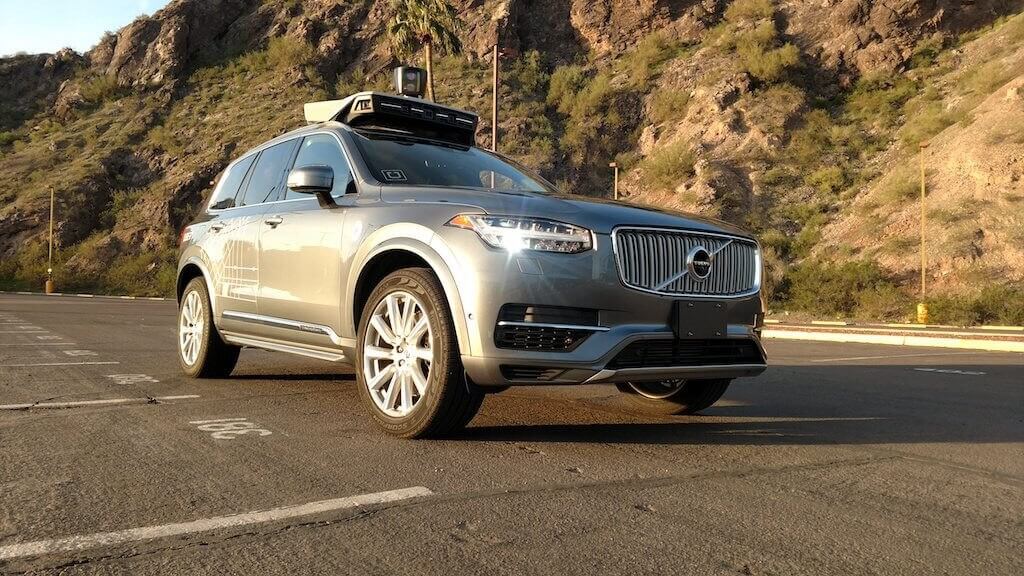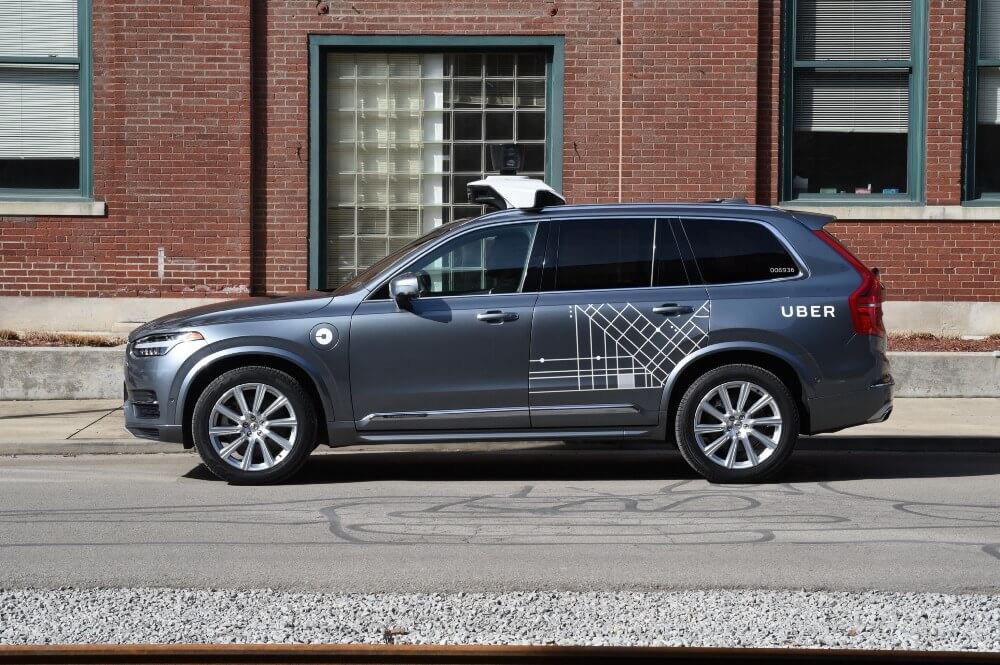After an autonomous Uber vehicle fatally struck an Arizona pedestrian back in March, the company brought all of its self-driving vehicle tests to an abrupt halt.
The incident prompted Uber to conduct a full-scale review of its self-driving policies, leading to the termination of roughly 100 safety drivers. Uber's new focus seems to be on quality over quantity - a wise move, given the widespread public backlash it faced following the March incident.
Now that the dust from the tragedy has settled, Uber has decided to restart its self-driving vehicle tests. However, there's a catch this time around: a "Mission Specialist" will be at the helm for each test, in full control of the vehicle.
It's not clear exactly how much Uber's autonomous systems will be put to the test in these conditions, but they may function like Tesla's Autopilot, where the driver keeps their hands on the wheel, but the vehicle handles steering and lane changes.

At the very least, Uber's tech will be learning from experienced drivers in the background, without the ability to do any real harm.
To further increase safety as the company ramps up its self-driving tests once more, each Uber car will have a secondary Specialist in the passenger seat, whose sole job consists of documenting "notable events." By "events," Uber is likely referring to vehicle swerving or sudden stops.
Perhaps most importantly, human error will be mitigated through Uber's new "Real-time Driver Monitoring" tech. The monitoring system will be able to detect inattentive behavior (such as watching Hulu behind the wheel) and give drivers an audio alert to keep them focused.
It's not clear when Uber plans to begin fully autonomous testing again, but the company is clearly taking things slow this time around.
